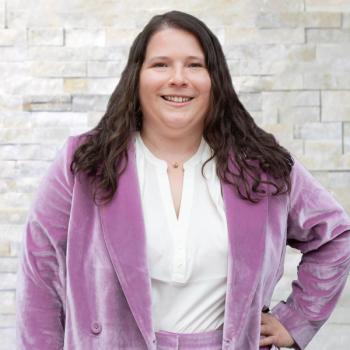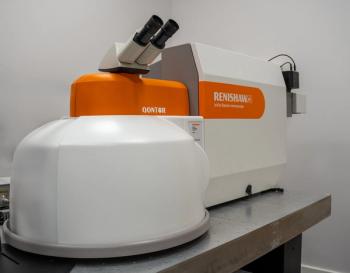
Igor K. Lednev Receives NYSAS for Applied Spectroscopy Gold Medal Award
The New York and New Jersey section of the Society for Applied Spectroscopy (NYSAS) will present the Gold Medal Award to Igor K. Lednev at the Eastern Analytical Symposium (EAS), in Princeton, New Jersey, on November 12.
The New York and New Jersey section of the Society for Applied Spectroscopy (NYSAS) will present the Gold Medal Award to Igor K. Lednev at the Eastern Analytical Symposium (EAS), in Princeton, New Jersey, on November 12. Lednev is a professor at the University at Albany, State University of New York.
After receiving his PhD from the Moscow Institute of Physics and Technology, Lednev was a group leader at the Institute of Chemical Physics, Russian Academy of Sciences. He has worked in several leading laboratories including York University and, Durham University, both in the UK, and the University of Tsukuba, Japan. In 1997, Lednev came to the United States and joined Sanford Asher’s laboratory at the University of Pittsburgh where they built the first nanosecond time resolved temperature-jump apparatus with ultraviolet Raman spectroscopic detection and utilized it for the kinetic studies of protein folding. Lednev accepted an assistant professor position at the University at Albany in 2002, was promoted to full professor in 2013.
Lednev’s research focuses on the development of novel laser spectroscopy for medical diagnostics and forensic purposes. He has presented a new approach for the noninvasive, early diagnostics of neurodegenerative diseases such as Alzheimer’s and Parkinson’s, and novel methods for the detection and characterization of biological stains, gunshot residue, hair, and trace evidence from a crime scene. He has co-authored more than 200 peer reviewed publications with media coverage including TV and radio interviews, the Wall Street Journal, Chemical & Engineering News, and Forensic Magazine. Additionally, Lednev has served as an advisory member on the White House Subcommittee for Forensic Science and is currently a Fellow and Governing Board member of the Society for Applied Spectroscopy.
Newsletter
Get essential updates on the latest spectroscopy technologies, regulatory standards, and best practices—subscribe today to Spectroscopy.



